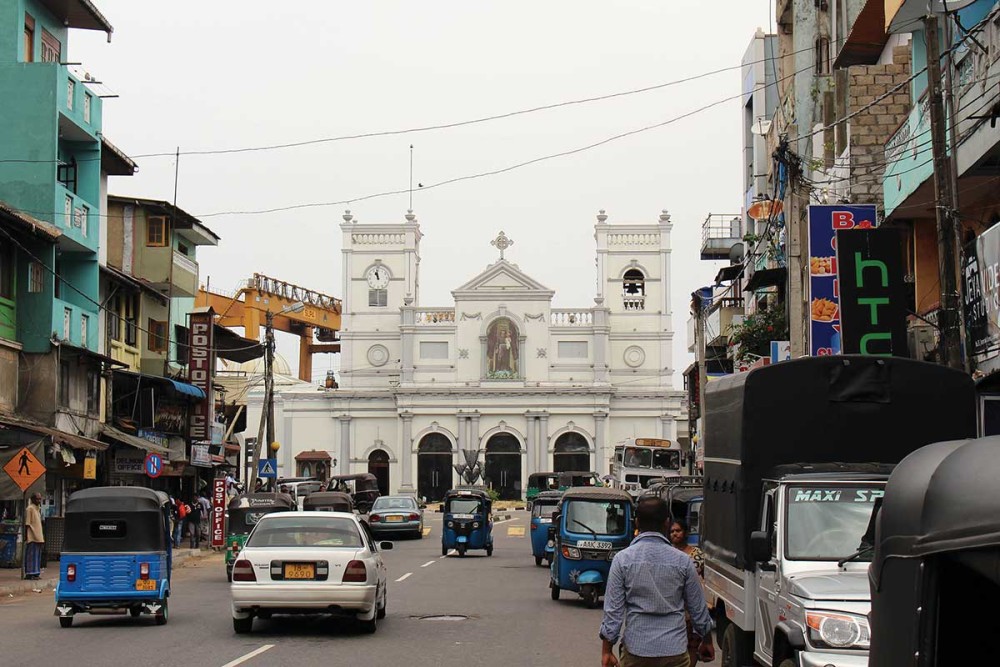Sri Lanka’s religious fault lines
The island is a microcosm of the world’s religions—and of their wars.

I grew up loving the work of science fiction writer Arthur C. Clarke, who spent much of his life in Sri Lanka, the former British possession of Ceylon, which he regularly portrayed as something like an earthly paradise. Probably correctly, he believed it to be the site of the legendary realm of Taprobane, the subject of endless fantasies in the classical world and a vibrant center of early Buddhism.
But Clarke was under no illusions about the religiously inspired absolutism and violence that had so often marked the country’s past. Its wealth and strategic location made it the home of multiple societies and faiths—Buddhist, Hindu, Muslim, and Christian—which repeatedly fell into conflict. The island is at once a microcosm of the world’s religions and of their wars.
Last Easter, when Islamist terrorists targeted three Sri Lanka churches, killing hundreds, most Western observers immediately understood the attack as a typical manifestation of the Islamist extremism that has become so common in the age of al-Qaeda and ISIS. Lost in the media accounts was a sense of the very distinctive history of Christians in that ancient and paradoxical country, in which savage violence was anything but new.





